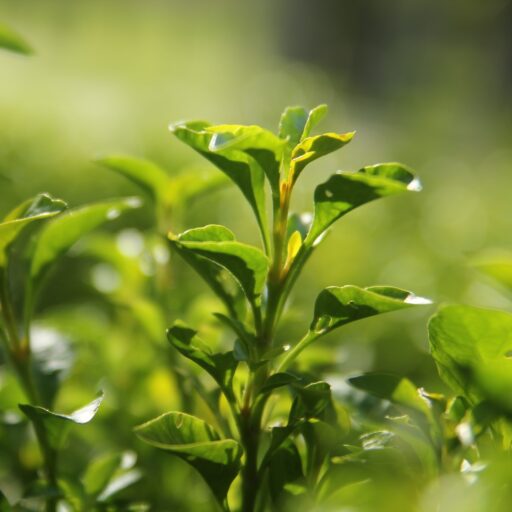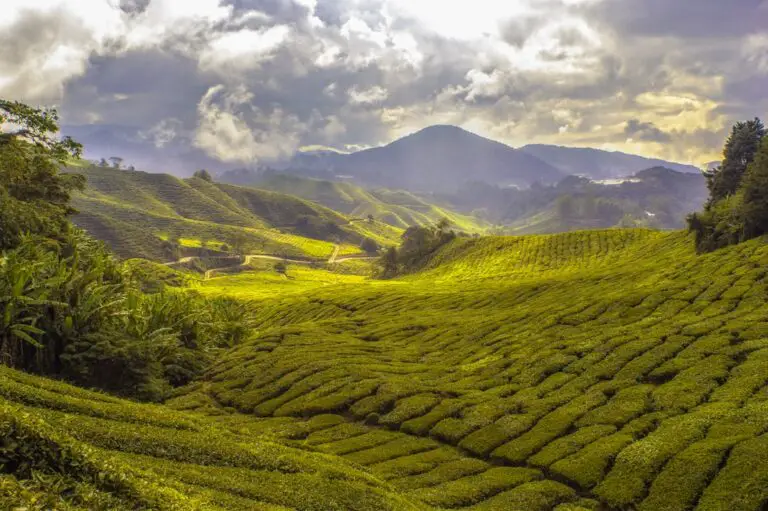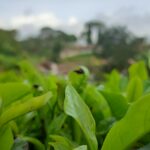Support our educational content for free when you purchase through links on our site. Learn more
How Hard Is It to Grow a Tea Plant? 12 Expert Tips for 2025 🍃
Ever wondered if growing your own tea plant is a walk in the park or a steep mountain climb? At Growing Teas™, we’ve spent years cultivating, experimenting, and sipping our way through the ups and downs of tea gardening. Spoiler alert: it’s not impossible, but it’s definitely not instant gratification either! Did you know tea plants can live and produce leaves for over 50 years? That’s a long-term commitment with a delicious payoff.
In this article, we’ll unravel the mystery behind growing tea plants—from soil secrets and spacing strategies to watering wisdom and processing your first harvest. Whether you’re dreaming of a backyard tea garden or a cozy indoor greenhouse, we’ll guide you through every step with insider tips, real-world challenges, and expert advice. Ready to turn those green thumbs into tea-growing pros? Let’s dive in!
Key Takeaways
- Tea plants require acidic, well-draining soil and partial sun to thrive—think pH 4.5 to 6.0 and 4-6 hours of filtered light daily.
- Patience is key: expect about 3 years before your tea bush matures enough for harvesting.
- Consistent watering without waterlogging is essential, especially during the first two years.
- Proper spacing (3-5 feet apart) and pruning promote healthy growth and better yields.
- Processing your own tea leaves is an art—different oxidation levels create green, black, oolong, and white teas.
- Starting with healthy seedlings from trusted nurseries like Camellia Forest Nursery or Minto Island Tea Company gives you a head start.
Ready to gear up? Check out our recommended gardening tools and fertilizers to get started:
- Shop Fiskars Garden Hand Pruners on Amazon
- Find Espoma Organic Acid-Loving Plant Food on Walmart
- Explore Raised Garden Bed Kits on Amazon
Growing your own tea is a rewarding journey that blends patience, passion, and a pinch of science. Stick with us, and soon you’ll be brewing your very own homegrown cup of tea!
Table of Contents
- ⚡️ Quick Tips and Facts About Growing Tea Plants
- 🌱 The Fascinating Origins and History of Tea Cultivation
- 🍃 Can You Really Grow Tea Plants at Home? Our Insider Scoop
- 🌿 How to Plant a Tea Bush: Step-by-Step Guide for Beginners
- 🌎 What Type of Soil is Best for Tea Plant Growth?
- 📏 How Far Apart Should Tea Plants Be Spaced for Optimal Growth?
- ☀️ How Much Light Does a Tea Plant Need? Sunlight Secrets Revealed
- 💧 How Much Water Does a Tea Plant Need? Hydration Hacks
- ⏳ How Long Does It Take for a Tea Plant to Grow? Patience Pays Off!
- 🌸 What Are Tea Flowers and How Are They Used?
- 🛒 Where Can You Buy Tea Plants? Trusted Sources and Tips
- 🍵 How to Process Your Tea Leaves Into Delicious Brewable Tea
- 🔍 Common Challenges and How Hard Is It Really to Grow Tea?
- 🌿 Advanced Tea Growing Tips From Our Experts
- 📚 Recommended Reading and Resources for Tea Growers
- 💬 Leave a Comment: Share Your Tea Growing Adventures!
- 📱 Let’s Connect: Join Our Tea Growing Community
- 🛍️ Shop and Explore: Our Favorite Tea Growing Tools and Supplies
- 📝 Conclusion: Is Growing Tea Worth the Effort?
- ❓ FAQ: Your Burning Questions About Growing Tea Answered
- 🔗 Reference Links: Trusted Sources and Further Reading
⚡️ Quick Tips and Facts About Growing Tea Plants
Welcome to the wonderful world of tea cultivation! At Growing Teas™, we’ve brewed up some quick tips and essential facts to get you started on your tea-growing journey. Whether you’re a curious newbie or a seasoned green thumb, these nuggets will perk you right up! ☕️🌿
Quick Facts You Should Know
- Tea plants (Camellia sinensis) thrive in acidic soil with a pH of 4.5 to 6.0 — similar to blueberry bushes.
- They prefer well-draining soil to avoid root rot. Raised beds or slopes work wonders.
- Full sun to partial shade is ideal; too much shade slows growth, but harsh direct sun can scorch leaves.
- Tea plants take about 3 years to mature before you can harvest leaves for tea.
- They need consistent watering, especially in the first two years — about 2-3 times per week in summer.
- Spacing plants 3 to 5 feet apart allows them room to grow and air to circulate.
- Tea bushes can live and produce leaves for 50+ years with proper care!
- Flowers are pretty but usually discouraged commercially; they divert energy from leaf growth.
- Growing tea indoors? You’ll need a greenhouse or bright, humid spot to mimic their native subtropical environment.
Pro Tip from Growing Teas™
Start with seedlings or young plants from reputable nurseries like Camellia Forest Nursery or Minto Island Tea Company to skip the tricky germination phase.
For more on tea varieties perfect for home gardens, check out our detailed guide on 7 Must-Know Tea Plant Varieties for Home Gardeners 🌱.
🌱 The Fascinating Origins and History of Tea Cultivation

Tea isn’t just a drink; it’s a story steeped in millennia of culture, science, and horticulture. Let’s take a quick stroll through the lush history of tea plants and how they became the beloved global staple.
From Ancient Forests to Your Garden
- Camellia sinensis originated in the misty mountains of Southwest China and the Himalayas over 5,000 years ago.
- The legendary Emperor Shennong is said to have discovered tea when leaves accidentally fell into his boiling water — talk about a lucky spill!
- Tea cultivation spread across Asia, evolving into the diverse teas we know today: green, black, oolong, white, and pu-erh.
- Commercial tea plantations blossomed in India, Sri Lanka, and Africa during the colonial era, shaping economies and cultures.
- Today, tea is grown on every continent except Antarctica, with innovative growers experimenting in Scotland and even the Pacific Northwest.
Why Does History Matter to You?
Understanding tea’s origins helps you appreciate the climate and soil conditions it prefers. For instance, the subtropical, acidic soils of its native habitat inform our advice on soil pH and watering. Dive deeper into tea’s rich past in our History of Tea category.
🍃 Can You Really Grow Tea Plants at Home? Our Insider Scoop
Yes, you absolutely can! Growing tea at home is like having a tiny tea plantation in your backyard or even your living room. But how hard is it really? Let’s spill the tea on what it takes.
Indoor vs. Outdoor Growing: What Works Best?
- Outdoor Growing: If you live in USDA zones 7-9 with mild winters and humid summers, outdoor planting is ideal. You’ll need to protect young plants from frost and provide well-drained acidic soil.
- Indoor Growing: For colder climates, a greenhouse or bright indoor spot with humidity control is key. Tea plants love humidity — think tropical rainforest vibes.
- Patience is a Virtue: Tea plants take 3+ years to mature, so growing tea is a marathon, not a sprint. But the reward? Fresh, homegrown tea leaves!
What You’ll Need to Succeed
- Access to quality seedlings or seeds (see “Where Can You Buy Tea Plants?” below).
- A soil mix rich in organic matter and acidic (pH 4.5-6).
- A watering routine that keeps soil moist but not soggy.
- Sunlight: at least 4-6 hours of indirect or filtered sun daily.
- A little TLC and pruning to keep your tea bush happy and productive.
Growing tea at home is a fun, educational, and rewarding hobby — and we’re here to guide you every step of the way! For a deep dive into planting, check out our next section.
🌿 How to Plant a Tea Bush: Step-by-Step Guide for Beginners
Ready to get your hands dirty? Here’s how to plant your tea bush like a pro, from Growing Teas™ experts.
Step 1: Choose Your Planting Site
- Pick a spot with partial sun to filtered light. Avoid harsh afternoon sun if you’re in a hot climate.
- Ensure the soil is well-draining and acidic. Amend with compost and pine needles if needed.
Step 2: Prepare the Soil
- Dig a hole about twice as wide and as deep as the root ball of your tea plant.
- Mix native soil with well-aged compost or ericaceous compost to boost nutrients.
Step 3: Planting
- Place the tea plant so the top of the root ball is level with the soil surface.
- Backfill gently, firming soil around roots to eliminate air pockets.
- Mulch with organic material like leaves or sawdust to retain moisture and suppress weeds.
Step 4: Watering and Care
- Water thoroughly immediately after planting to settle the soil.
- Maintain consistent moisture, especially during the first two years.
Step 5: Hardening Off (If Starting Indoors)
- Gradually expose indoor-grown seedlings to outdoor conditions over 1-2 weeks before transplanting.
Pro Tip
Prune your tea bush lightly after the first year to encourage branching and bushier growth — more leaves, more tea!
For more on soil specifics, keep reading…
🌎 What Type of Soil is Best for Tea Plant Growth?
Tea plants are picky about their dirt! The right soil can make or break your tea-growing success.
Soil Characteristics Tea Plants Love
| Soil Feature | Ideal Range/Type | Why It Matters |
|---|---|---|
| pH | 4.5 to 6.0 (acidic) | Ensures nutrient availability |
| Texture | Loamy, sandy, or rocky with good drainage | Prevents root rot and waterlogging |
| Organic Matter | High (compost, leaf mold) | Provides nutrients and moisture retention |
| Drainage | Excellent | Tea roots hate soggy feet! |
How to Amend Your Soil
- Add pine needles, peat moss, or sulfur to lower pH if soil is too alkaline.
- Mix in aged compost for nutrients and moisture retention.
- Avoid heavy clay soils unless heavily amended or planted in raised beds.
Soil Testing
Get a soil test kit or send samples to your local extension office to check pH and nutrient levels. Adjust accordingly before planting.
📏 How Far Apart Should Tea Plants Be Spaced for Optimal Growth?
Spacing is crucial to give your tea plants room to breathe and grow.
Recommended Spacing Guidelines
| Planting Type | Spacing Distance | Reason |
|---|---|---|
| Hedge or Screen | 1.5 to 3 feet (45-90 cm) | Dense planting for hedges or privacy |
| Home Garden Plants | 3 to 5 feet (90-150 cm) | Allows full bush development and airflow |
| Commercial Plantations | 4 to 6 feet (120-180 cm) | Maximizes yield and accessibility |
Why Spacing Matters
- Prevents disease spread by improving air circulation.
- Allows sunlight penetration to all leaves.
- Facilitates pruning and harvesting.
☀️ How Much Light Does a Tea Plant Need? Sunlight Secrets Revealed
Tea plants are sun lovers but with a twist — they prefer bright, indirect light or partial sun.
Light Requirements
- 4 to 6 hours of sunlight daily is ideal.
- Morning sun with afternoon shade works best in hot climates.
- Avoid deep shade; tea leaves won’t develop their characteristic flavors.
Indoor Growing Tips
- Place near a south or east-facing window with filtered light.
- Supplement with grow lights if natural light is insufficient.
💧 How Much Water Does a Tea Plant Need? Hydration Hacks
Water is the lifeblood of tea plants, but too much or too little can cause stress.
Watering Guidelines
- First 2 years: Water 2-3 times per week during growing season, ensuring the root ball is soaked.
- Established plants: Water regularly during dry spells but avoid waterlogging.
- Use soft, slightly acidic water if possible (rainwater is ideal).
Signs of Overwatering vs. Underwatering
| Symptom | Possible Cause | Action |
|---|---|---|
| Yellowing leaves | Overwatering | Reduce watering, improve drainage |
| Wilting or dry soil | Underwatering | Increase watering frequency |
⏳ How Long Does It Take for a Tea Plant to Grow? Patience Pays Off!
Growing tea is a slow but rewarding process.
Growth Timeline
| Stage | Timeframe | Notes |
|---|---|---|
| Germination | 6-8 weeks (from seed) | Seeds can be slow to sprout |
| Seedling Growth | 1-2 years | Indoor nurturing recommended |
| Maturity | 3 years | Ready for first harvest |
| Full Production | 5+ years | Peak leaf yield |
| Lifespan | 50+ years | With proper care, plants thrive long-term |
Harvesting Tips
- Wait until plants are at least 3 years old before plucking leaves.
- Harvest the top two leaves and a bud for best flavor.
- Regular harvesting encourages new growth.
🌸 What Are Tea Flowers and How Are They Used?
Tea plants produce delicate white flowers that add charm — but what’s their role?
Tea Flowers Facts
- Flowers bloom in late autumn or early winter.
- Commercial growers usually remove flowers to direct energy to leaf growth.
- Flowers can be brewed into a mild, sweet floral tea or used ornamentally.
Brewing Tea Flowers
- Pick fresh flowers and steep in hot water for 3-5 minutes.
- Combine with green or white tea leaves for a fragrant blend.
🛒 Where Can You Buy Tea Plants? Trusted Sources and Tips
Starting with a healthy plant makes all the difference. Here are some reliable sources to get your tea bush off to a great start.
Trusted Nurseries and Online Sellers
| Seller Name | Location | Notes |
|---|---|---|
| Minto Island Tea Company | Oregon, USA | Specializes in Camellia sinensis plants |
| Camellia Forest Nursery | North Carolina, USA | Offers tea plants and seeds |
| Fast Growing Trees | Online | Ships Camellia sinensis seedlings |
| Oregon Tea Traders | Oregon, USA | Local tea plant supplier and advice |
Buying Tips
- Choose Camellia sinensis sinensis for temperate climates or assamica for tropical areas.
- Check for healthy, pest-free plants with strong root systems.
- Ask about hardening off if plants were grown indoors.
🍵 How to Process Your Tea Leaves Into Delicious Brewable Tea
Harvesting leaves is just the start — processing transforms them into your favorite tea types.
Basic Processing Steps
| Tea Type | Processing Method |
|---|---|
| Green Tea | Quickly steam or pan-fry leaves to stop oxidation, then dry. |
| Black Tea | Fully oxidize leaves by rolling and resting, then dry. |
| Oolong Tea | Partial oxidation with sun-wilting and indoor resting, then drying. |
| White Tea | Simply air-dry young leaves and buds with minimal processing. |
Step-by-Step for Green Tea (Simplified)
- Pluck the top two leaves and a bud.
- Wither leaves in shade for a few hours.
- Pan-fry or steam leaves to halt oxidation.
- Roll leaves gently to shape.
- Dry leaves in a warm, ventilated area or oven at low heat.
Resources for Processing
- Camellia Forest Tea Garden’s guide offers detailed tutorials.
- Renegade Tea Estate shares home processing tips.
🔍 Common Challenges and How Hard Is It Really to Grow Tea?
Growing tea can seem daunting, but with the right knowledge, it’s quite manageable.
Challenges You Might Face
- Slow germination and growth — patience is key!
- Soil pH and drainage issues — improper soil can stunt growth or cause root rot.
- Climate sensitivity — tea plants dislike frost and extreme heat.
- Pests and diseases — watch for aphids, spider mites, and fungal infections.
How Hard Is It?
- ❌ Not a “plant and forget” crop. Requires consistent care and monitoring.
- ✅ Very rewarding for those willing to invest time and effort.
- ✅ Growing tea at home is easier than you think with seedlings and proper conditions.
Our advice? Start small, learn as you go, and enjoy the process. You’ll be sipping your own brew before you know it!
🌿 Advanced Tea Growing Tips From Our Experts
Ready to take your tea garden to the next level? Here are some pro tips from our Growing Teas™ team.
Expert Tips
- Prune regularly to encourage bushier growth and higher yields.
- Use mulch to retain moisture and suppress weeds — pine needles work great!
- Experiment with shade cloth to protect plants during hot summers.
- Incorporate companion plants like azaleas or blueberries that thrive in acidic soil.
- Monitor soil pH seasonally and amend as needed.
- Try propagating from cuttings to expand your tea garden faster.
📚 Recommended Reading and Resources for Tea Growers
Want to dive deeper? Here are some top-notch resources to expand your tea-growing knowledge.
- Growing Teas™ Green Tea Cultivation — expert articles and tips.
- Herbal Tea Planting — for those interested in companion herbs.
- Health Benefits of Tea — fascinating science behind your brew.
- DIY Tea Blending — create your own signature blends.
- History of Tea — explore tea’s rich cultural heritage.
💬 Leave a Comment: Share Your Tea Growing Adventures!
We love hearing from fellow tea enthusiasts! Drop a comment below sharing your successes, challenges, or questions about growing tea. Your story might inspire others to start their own tea garden!
📱 Let’s Connect: Join Our Tea Growing Community
Stay in the loop with the latest tips, stories, and exclusive offers by joining our community:
- Follow us on Instagram, Facebook, and Twitter @GrowingTeas
- Subscribe to our newsletter for monthly tea-growing insights
- Join our Facebook group for live Q&A and peer support
🛍️ Shop and Explore: Our Favorite Tea Growing Tools and Supplies
Ready to gear up? Here are some top-rated products we recommend for tea cultivation:
| Product | Design (1-10) | Functionality (1-10) | Durability (1-10) | Overall (1-10) |
|---|---|---|---|---|
| Fiskars Garden Hand Pruners | 9 | 9 | 8 | 9 |
| Espoma Organic Acid-Loving Plant Food | 8 | 9 | 9 | 8.5 |
| Gardener’s Supply Co. Raised Bed Kit | 8 | 8 | 9 | 8.5 |
| Hydrofarm T5 Grow Light | 9 | 9 | 8 | 8.5 |
Product Highlights
- Fiskars Garden Hand Pruners: Perfect for precise pruning to encourage bushy tea plants.
- Espoma Organic Acid-Loving Plant Food: Tailored fertilizer for acid-loving plants like tea.
- Gardener’s Supply Co. Raised Bed Kit: Great for creating well-drained, amendable soil beds.
- Hydrofarm T5 Grow Light: Ideal for indoor tea growing with adjustable light spectrum.
👉 Shop these products on:
Ready to start your tea-growing adventure? Stay tuned for our conclusion and FAQ sections coming up next!
📝 Conclusion: Is Growing Tea Worth the Effort?
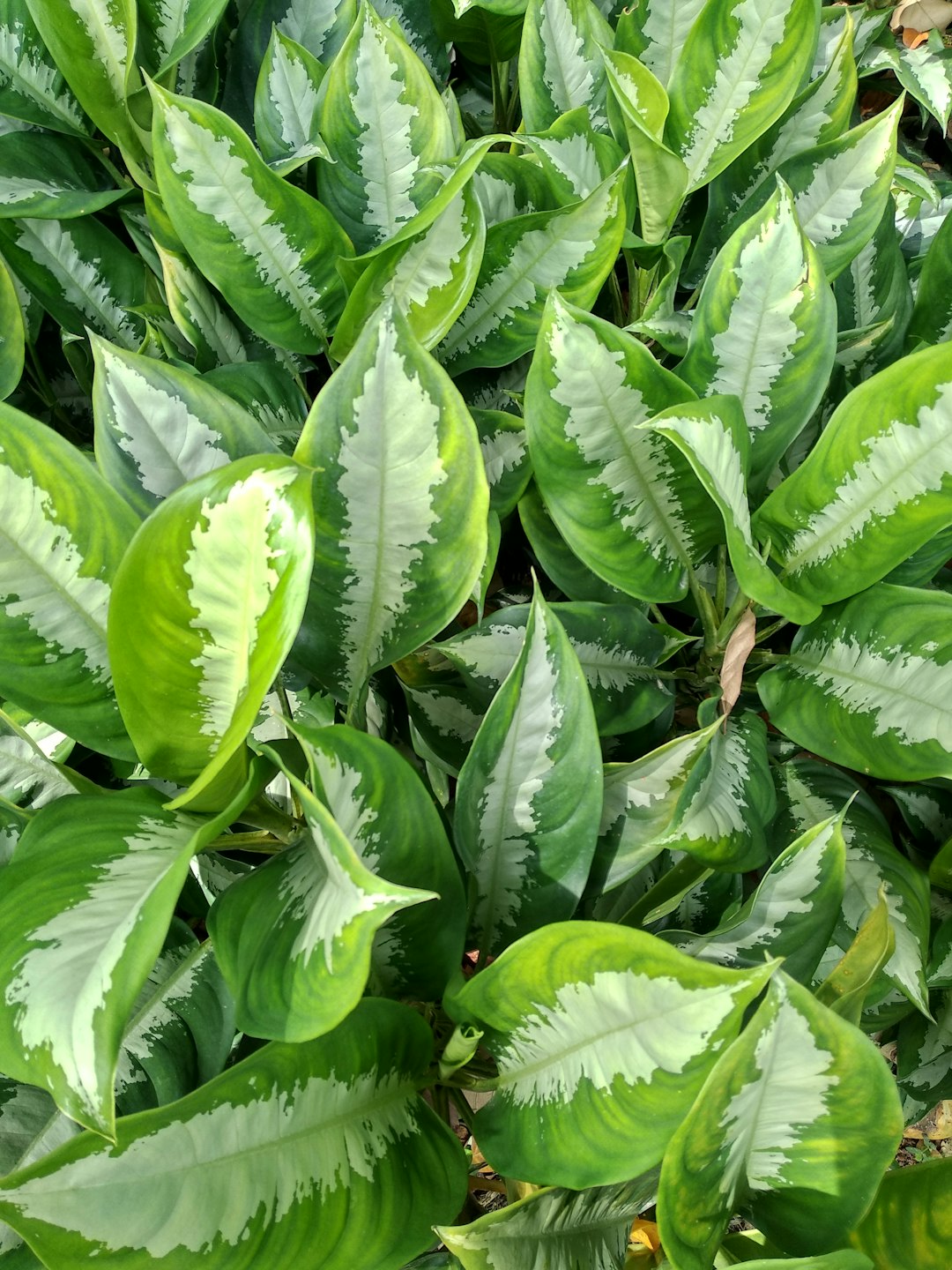
So, how hard is it to grow a tea plant? The honest answer: it takes patience, attention, and a bit of horticultural know-how—but it’s absolutely worth it! Growing tea at home is not a quick fix; it’s a rewarding journey that connects you to centuries of tradition and the joy of sipping your own fresh brew.
From our experience at Growing Teas™, the biggest hurdles are soil preparation, watering consistency, and climate control—especially if you’re outside the plant’s native subtropical zone. But with the right soil amendments, watering routine, and a little pruning TLC, your tea plants will thrive and reward you for decades.
For beginners, we recommend starting with healthy seedlings from trusted nurseries like Camellia Forest Nursery or Minto Island Tea Company. This shortcut bypasses the slow and sometimes tricky germination phase.
Remember, tea plants are long-term companions—they take about 3 years to mature but can produce leaves for 50+ years. The process of harvesting and processing your own tea leaves adds a magical layer of satisfaction that store-bought tea can’t match.
If you’re ready to embrace the slow, rewarding art of tea growing, we’re confident you’ll find it a delightful and enriching hobby. So grab your gloves, prepare your soil, and start planting—your perfect cup of tea awaits! 🍵🌿
🔗 Recommended Links
Ready to shop or learn more? Here are some top picks and resources to fuel your tea-growing passion:
Tea Plants & Supplies
- Camellia Forest Nursery: Camellia sinensis plants and seeds
- Minto Island Tea Company: Tea plants and growing advice
- Fast Growing Trees: Camellia sinensis seedlings
Gardening Tools & Fertilizers
- Fiskars Garden Hand Pruners:
- Espoma Organic Acid-Loving Plant Food:
- Gardener’s Supply Co. Raised Bed Kit:
- Hydrofarm T5 Grow Light:
Books on Tea Growing & Processing
- The Tea Grower’s Handbook by Peter Maguire — Amazon
- Tea: History, Terroirs, Varieties by Kevin Gascoyne — Amazon
- The Art and Craft of Tea by Joseph Uhl — Amazon
❓ FAQ: Your Burning Questions About Growing Tea Answered
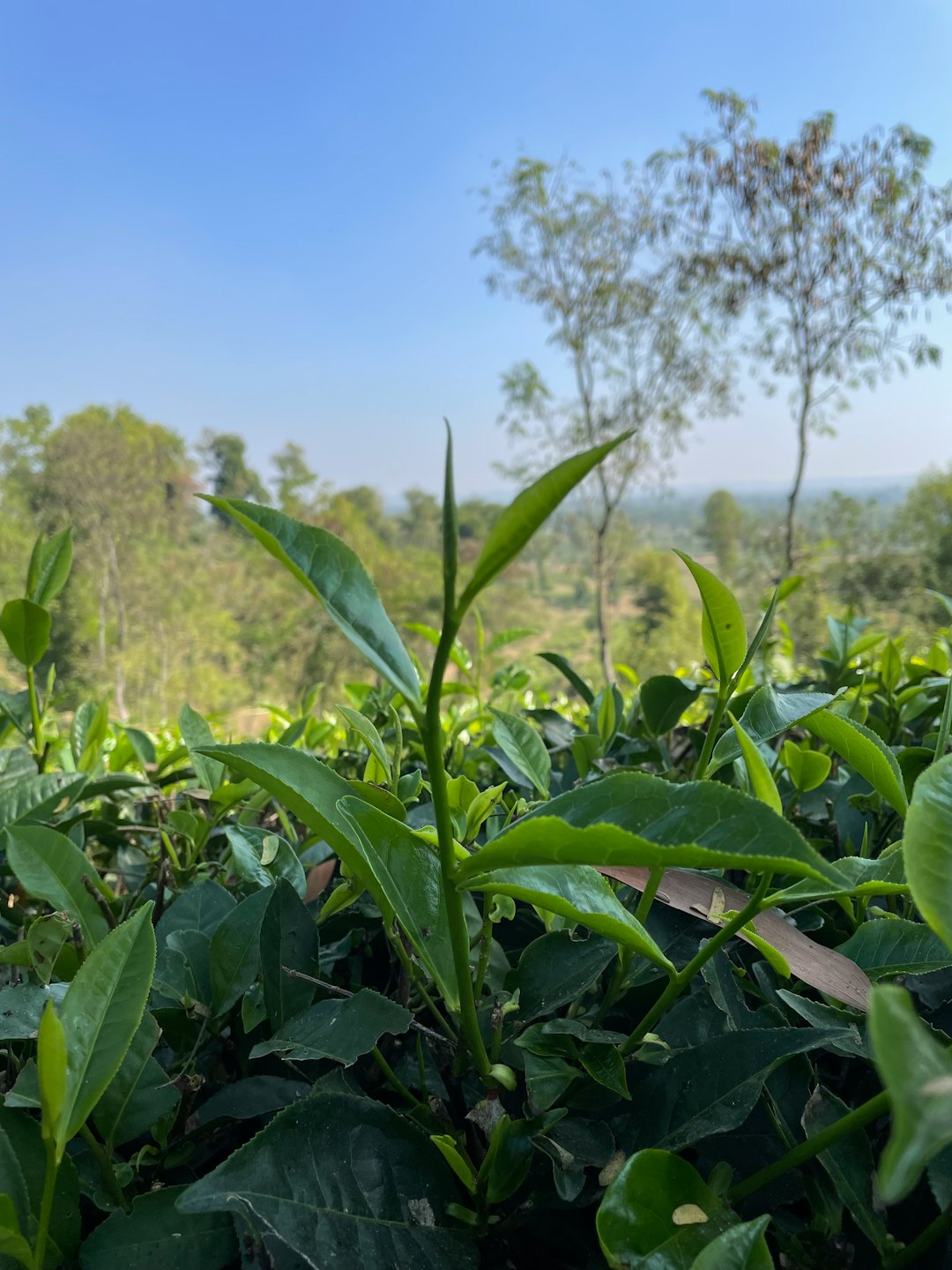
What are the ideal conditions for growing a tea plant at home?
Tea plants thrive in acidic, well-draining soil with a pH between 4.5 and 6.0. They prefer a climate that mimics their native subtropical environment: warm, humid, with temperatures ideally between 60°F and 85°F (15°C to 29°C). They need 4-6 hours of bright, indirect sunlight daily and consistent moisture without waterlogging. Protect young plants from frost and extreme heat. For indoor growing, a greenhouse or humid, bright spot is essential to replicate these conditions.
Read more about “7 Must-Know Tea Plant Varieties for Home Gardeners 🌱 (2025)”
How long does it take for a tea plant to mature and produce tea leaves?
Typically, tea plants take about 3 years to reach maturity and produce leaves suitable for harvesting. Seed germination can take 6-8 weeks, followed by 1-2 years of seedling growth indoors or in a protected environment. After maturity, tea bushes can produce leaves for 50 years or more with proper care. Regular harvesting encourages healthy growth and better yields.
What type of soil and nutrients do tea plants require to thrive?
Tea plants require acidic soil rich in organic matter with excellent drainage. Loamy or sandy soils amended with compost, pine needles, or peat moss work best. Nutrient-wise, tea plants benefit from fertilizers formulated for acid-loving plants, such as ericaceous fertilizers. Avoid over-fertilizing; a balanced feeding schedule during the growing season supports healthy leaf production.
Read more about “7 Easy Tea Plants to Grow at Home in 2025 🌿”
Can tea plants be grown indoors, and if so, what kind of care do they need?
Yes! Tea plants can be grown indoors, especially in cooler climates. They need a bright, humid environment with filtered sunlight or supplemental grow lights providing at least 4-6 hours of light daily. Maintain soil moisture without waterlogging, and ensure good air circulation to prevent fungal diseases. Using a humidity tray or humidifier helps mimic their natural environment. Repot plants as they grow, and prune regularly to maintain shape and encourage leaf growth.
How do I process fresh tea leaves into different types of tea at home?
Processing tea leaves involves controlling oxidation and drying:
- Green tea: Quickly steam or pan-fry leaves to halt oxidation, then dry.
- Black tea: Fully oxidize leaves by rolling and resting before drying.
- Oolong tea: Partial oxidation with sun-wilting and indoor resting, then drying.
- White tea: Air-dry young buds and leaves with minimal processing.
Each method affects flavor and aroma. Home processing requires patience and experimentation; resources like Camellia Forest Tea Garden’s guide provide detailed instructions.
Where can I buy healthy tea plants or seeds?
Trusted sources include Camellia Forest Nursery, Minto Island Tea Company, and Fast Growing Trees. Always choose Camellia sinensis sinensis for temperate climates or assamica for tropical zones. Look for healthy, pest-free plants with well-developed root systems.
Read more about “Growing Teas Indoors: 10 Secrets for a Thriving Garden! 🌱”
🔗 Reference Links: Trusted Sources and Further Reading
- How To Grow Tea: Guide To Growing Tea At Home — Love The Garden
- US League of Tea Growers
- Camellia Forest Nursery Official Site
- Minto Island Tea Company
- Renegade Tea Estate Processing Guide
- Camellia Forest Tea Garden Processing
- Wikihow: How to Grow a Tea Plant
We hope this comprehensive guide has brewed up your enthusiasm to grow your own tea plants! Remember, every great cup starts with a single leaf—and a little love from you. 🌿🍵
